John Nitzinger | Interview | “Once banned, it became even more popular”
John Nitzinger, a Texas legend and guitar force behind many bands since the ’60’s contributed to the signature sound of “Texas Rock and Blues”.
In the mid-1960s, Nitzinger began his career with his band, The Barons, releasing several singles before breaking up. In 1968, Nitzinger recorded two singles, ‘Plastic Window’ and ‘Life Of John Doe’, which were produced by T Bone Burnett. During the ‘70’s, John wrote half of five albums with the rock band, Bloodrock. He was awarded a Gold Album from Capitol Records for ‘Bloodrock 2’ and was soon signed to Capitol on a solo venture. Two classics were released; the self-titled ‘Nitzinger’ and ‘Nitzinger One Foot In History’. The hit single ‘Louisiana Cockfight’ is considered to be a classic and to this day is covered by many musicians. John took to touring his solo albums and shared the stage with legendary artists such as, Leon Russell, BB King, Sly & The Family Stone and Freddie King. Moving on internationally, he performed at the Mar Y Sol International Pop Festival in Puerto Rico with world renowned artists such as The Allman Brothers Band, Alice Cooper, B.B. King, The J. Geils Band, The Mahavishnu Orchestra with John McLaughlin, Emerson Lake & Palmer, among others. John’s classic, ‘Jelly Roll Blues’ stole the show and became an instant hit for Atlantic Records. In 1976, John signed with 20th Century Fox and music mogul Russ Regan to produce Nitzinger’s album, ‘Live Better Electrically’. This album reached the charts with two hit singles, ‘Are You With Me’ and ‘Yellow Dog’. In 1980, Carl Palmer broke away from Emerson Lake & Palmer to form a new group, PM, which included John as a major songwriter and guitarist. They signed to Areola Europe Records and released the single ‘Dynamite’, increasing John’s popularity in the overseas market. In 1982, John joined forces with Alice Cooper on the “Special Forces” international and USA tours as guitarist. After touring, John wrote, with Alice Cooper, the album ‘Zipper Catches Skin’. The album was released on Warner Bros. Records featuring John’s ‘I Like Girls’, a great success in Europe and Asia.
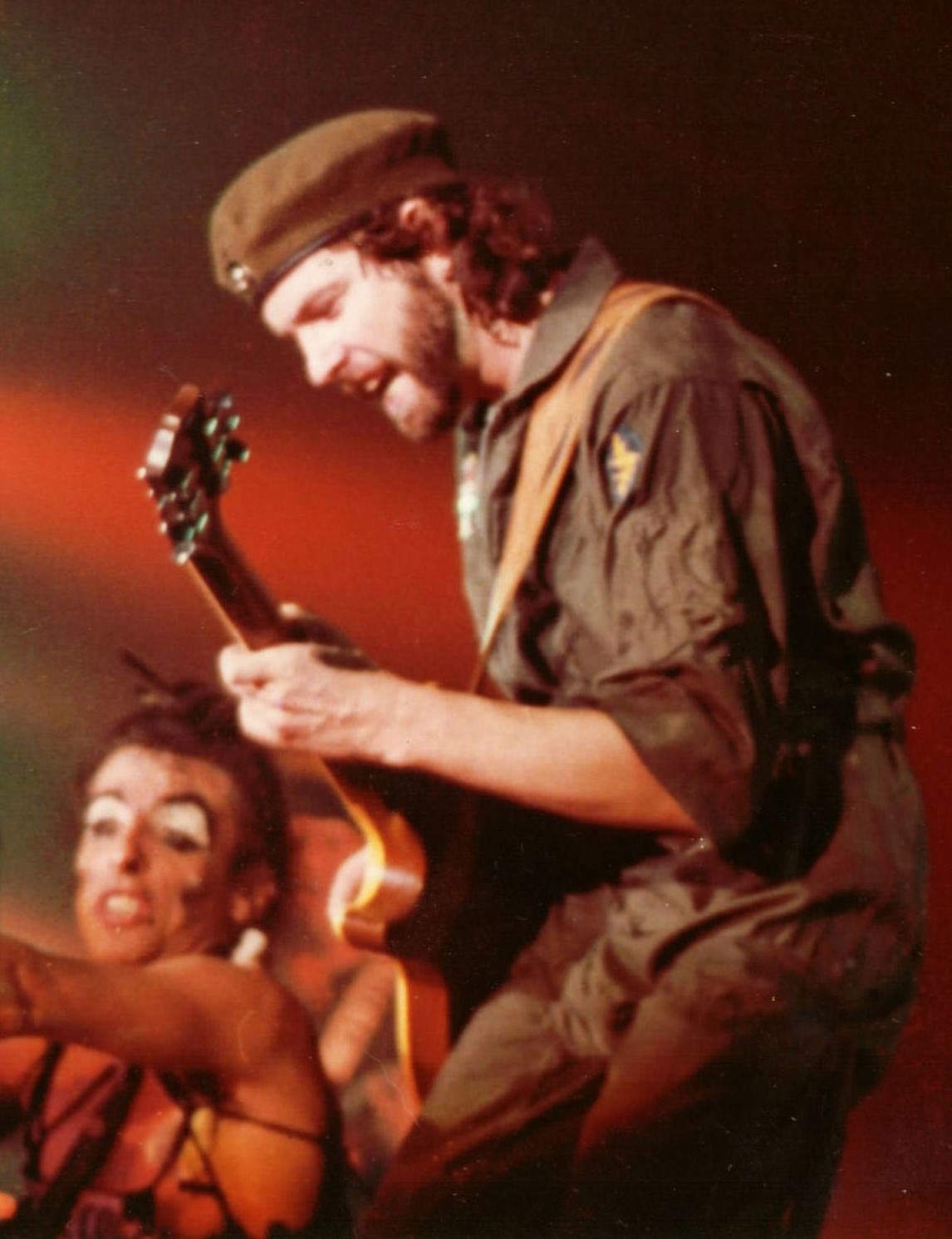
Where and when did you grow up? Was music a big part of your family life?
John Nitzinger: I was raised in Fort Worth, Texas, born August 29, 1948.
When did you begin playing music? Who were your major influences?
I started playing guitar when I was nine years old. Before that, my first inclination was I wanted to be a tap dancer. Then, watching Lawrence Welk on television, I wanted an accordion. My parents could not afford that, so they bought me a Gibson acoustic guitar. The inspiration came from watching country and western TV shows such as Porter Wagoner, The Wilburn Brothers, Bill Smith, and many others. Early inspirations were Delbert McClinton, Bruce Channel and later The Beatles, Stones, Hendrix, Clapton and many others.
Can you elaborate on the formation of The Barons. You were very popular locally…
In Junior High, I formed The Barons. We performed sock hops, Teen A Go-Go’s, school dances. The Barons put out about four singles. An interesting point, at the end of The Barons, when Doug Sahm, from the Sir Douglas Quintet, was arrested for drugs, Huey Meaux, his manager, hired me to be a fake Sir Douglas Quintet. We went on the road wearing wigs and toured all over Louisiana.
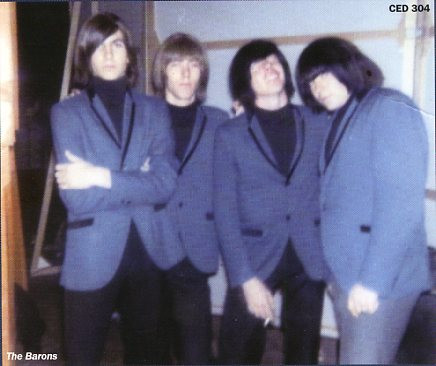
“The Cellar was one of the most infamous places”
You released several singles. What was the scene in your town? Were there a lot of other bands?
There were a lot of bands in my teenage days and a lot of bands in my Cellar days. One of the most interesting clubs I ever played was The Cellar. They had clubs in Fort Worth, Houston and Dallas. It was an after hours club open from 6:00 at night until 6:00 in the morning. The waitresses wore bras and panties and the crowd was served imitation liquor. It was funny to watch the people get drunk on nothing. There were a lot of bands that came through The Cellar. We were on and off for an hour which gave us great chops. The Cellar was one of the most infamous places in the world. The Secret Service was there the night before Kennedy’s assignation.
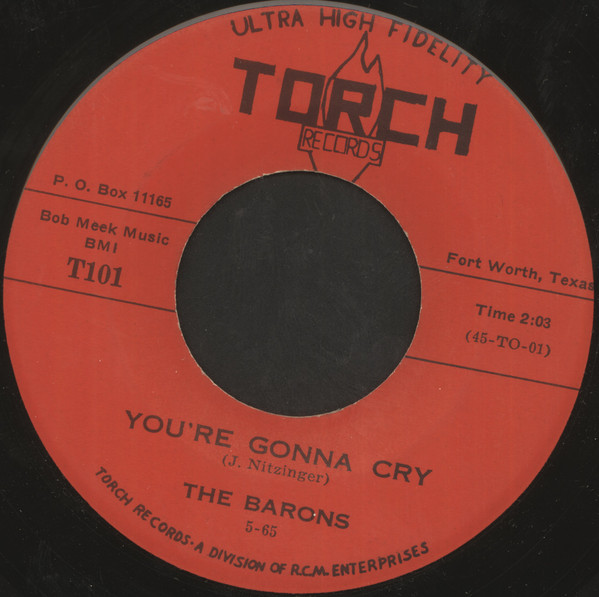
13th Floor Elevators started around that time as well. Were you aware of them back then?
I was playing at Houston’s Cellar where the 13th Floor Elevators also played.
How did Bruce Channel’s hit single ‘Hey! Baby’ come about?
I toured with Bruce Channel but I did not play on the recording of ‘Hey! Baby’. But I did smoke my first joint with Bruce and Delbert McClinton.
In 1968, you recorded two singles, ‘Plastic Window’ and ‘Life Of John Doe’, which were produced by T Bone Burnett. Where did you record them and did they receive any airplay?
I recorded ‘Plastic Window’ and ‘The Live of John Doe’ at Sound City Studios in Fort Worth. Those songs did not receive airplay.
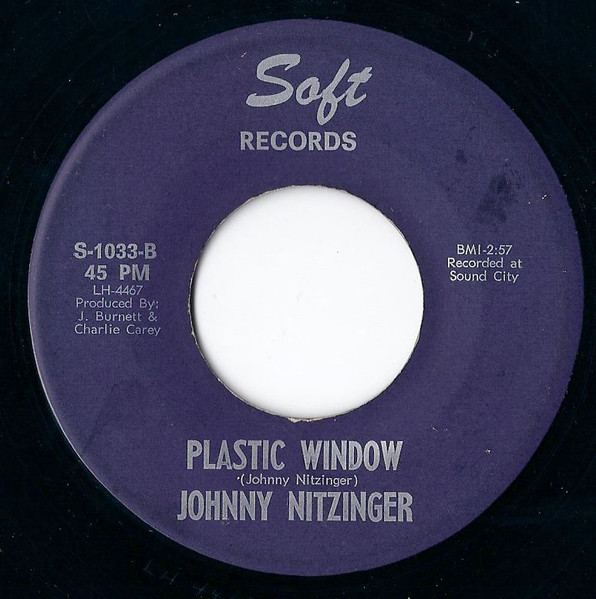
“Once banned, it became even more popular with the underground crowd”
Tell us about your collaboration with Bloodrock.
Holy shit! I was playing at The Cellar in Fort Worth and I knew Jim Rutledge from the Teen A Go-Go’s. His band was called Crowd + 1. He came to The Cellar to hear my songs for his newly formed band Bloodrock. He liked my songs and I would end up writing half of their three albums and one full album, ‘Bloodrock 2013’. A contributing factor to Bloodrock’s popularity was them being the opening act for Grand Funk Railroad. Also, their hit single ‘D.O.A.’ was banned from many radio stations because it had a siren in it which was illegal to have a siren playing on the radio. Once banned, it became even more popular with the underground crowd.
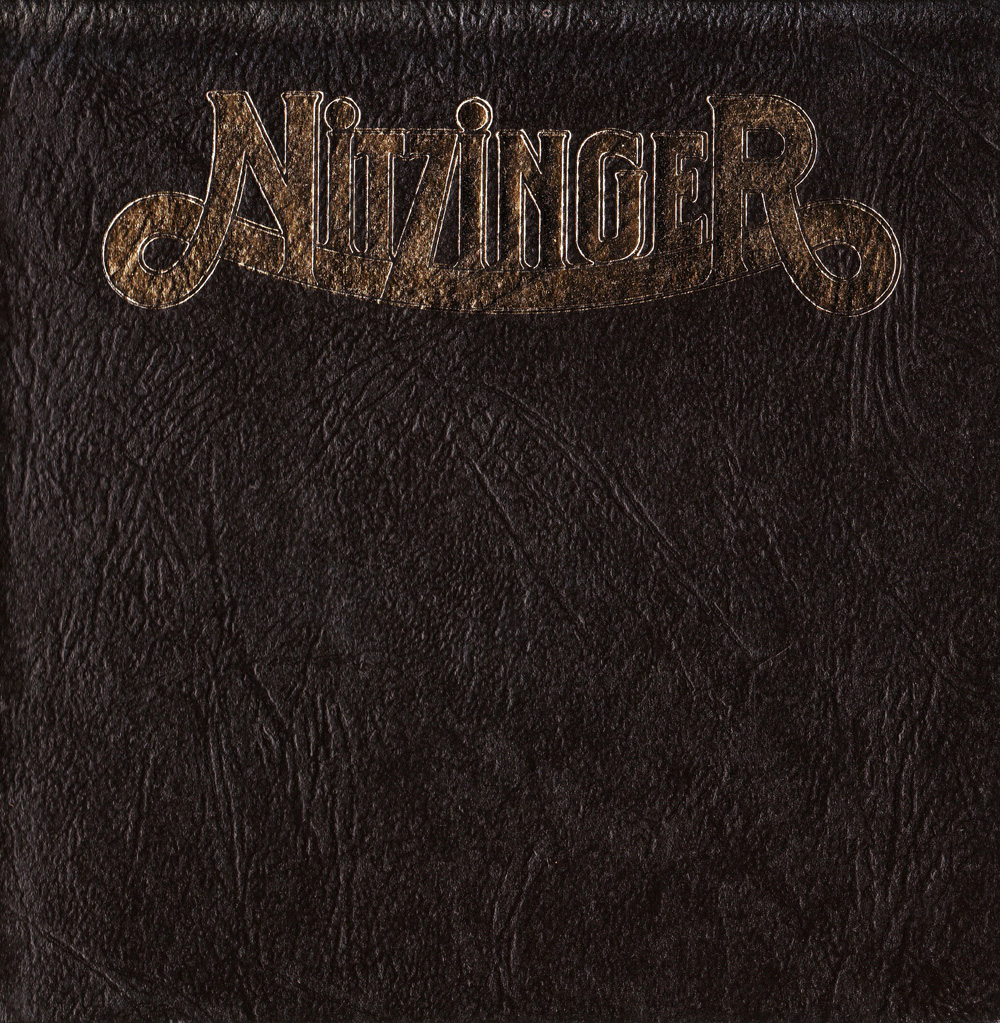
‘Bloodrock 2’ was your jumping board. That record went Gold, and you signed a contract with Capitol Records. What’s the story behind working on your self-titled album?
Due to Bloodrock’s success, I was signed to Capitol Records for two Nitzinger albums.The first was recorded at Wally Heider Studio in LA. The record ‘One Foot in History’ was recorded at Capitol Records. Jim Rutledge produced both albums. First album backup singer was Janie Fricke, who became a top country star. Also the first album was kicked off by me being the opening act on the Leon Russell Carney Tour.
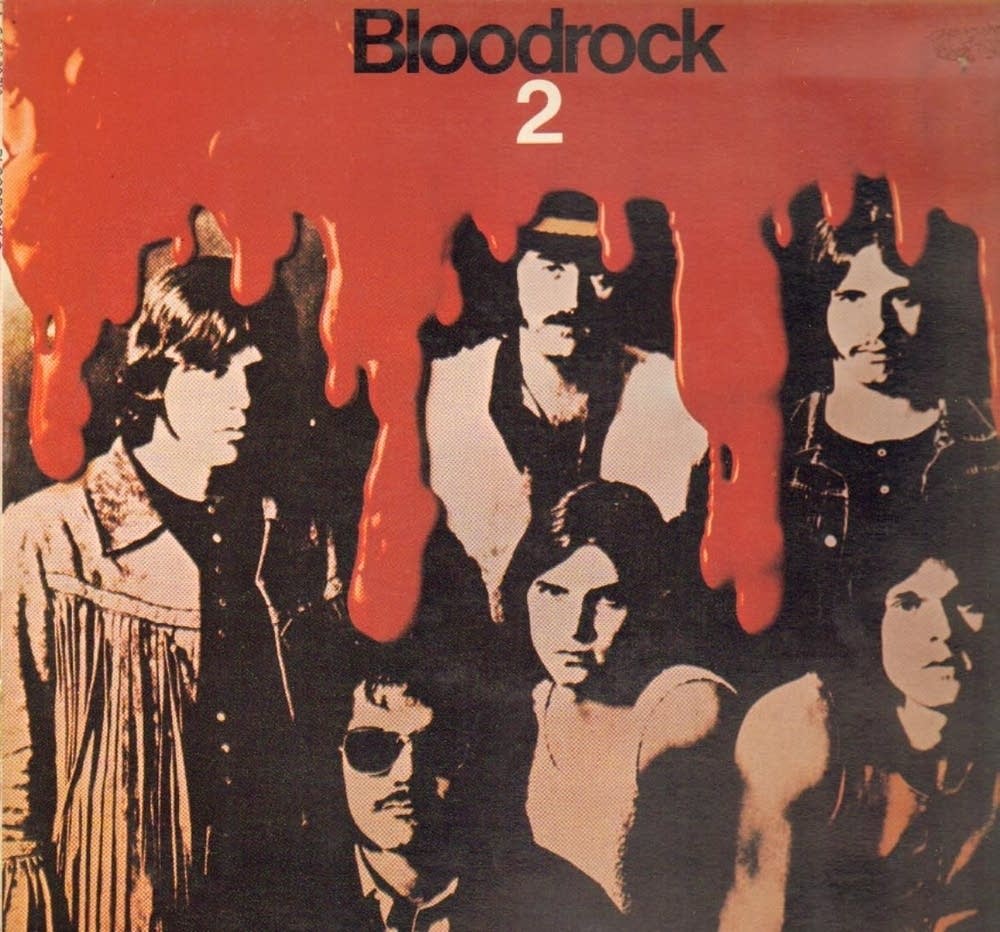
How many hours did you spend in the studio?
Two weeks on each album.
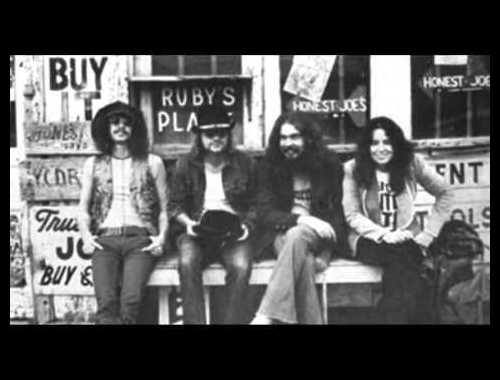
How would you compare it to ‘One Foot in History’?
The two albums were very different. The first album was the original Nitzinger trio: Linda Waring, Curly Benton and myself. The second album, Bugs Henderson joined the band which gave us the dual guitars, harmonies and dual leads.
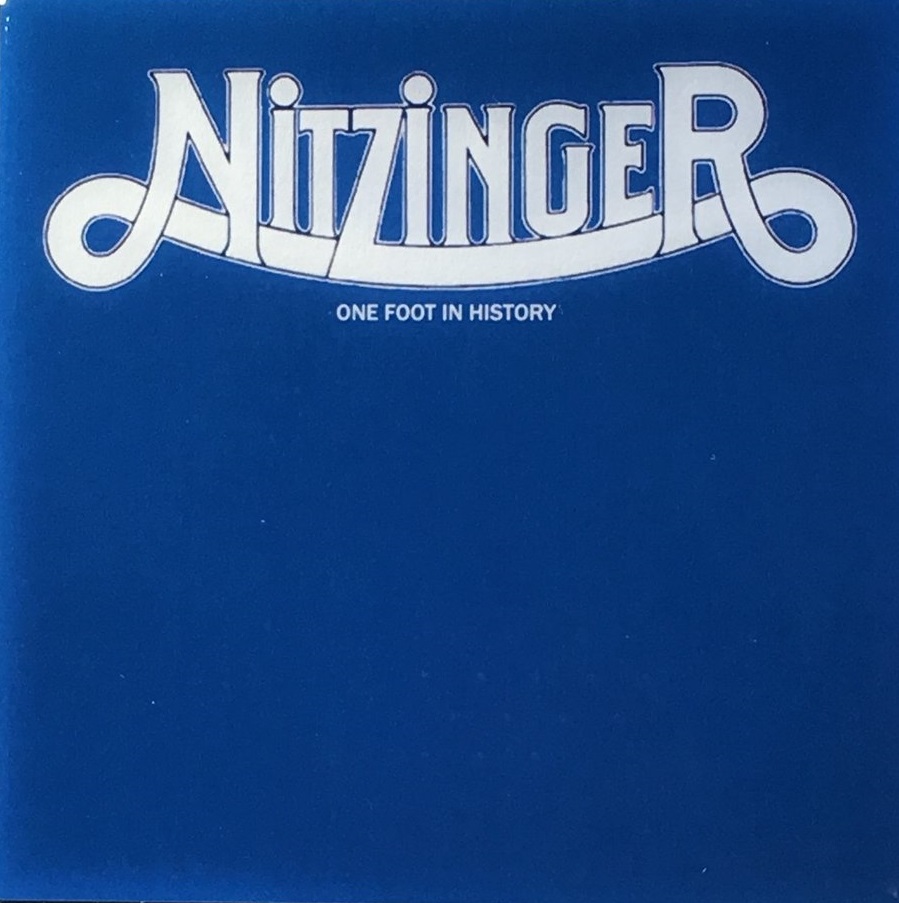
In 1976, a solo album titled ‘Live Better Electrically’ was issued by 20th Century Records.
In 1976, I had recorded an album at January Studio in Dallas, Texas but didn’t have a label yet. The studio got a call from a man named Vinnie Albano who was asking if the studio had any artists with an album already recorded. As luck would have it, I was in the right place at the right time and signed with 20th Century Fox ‘Live Better Electrically’.
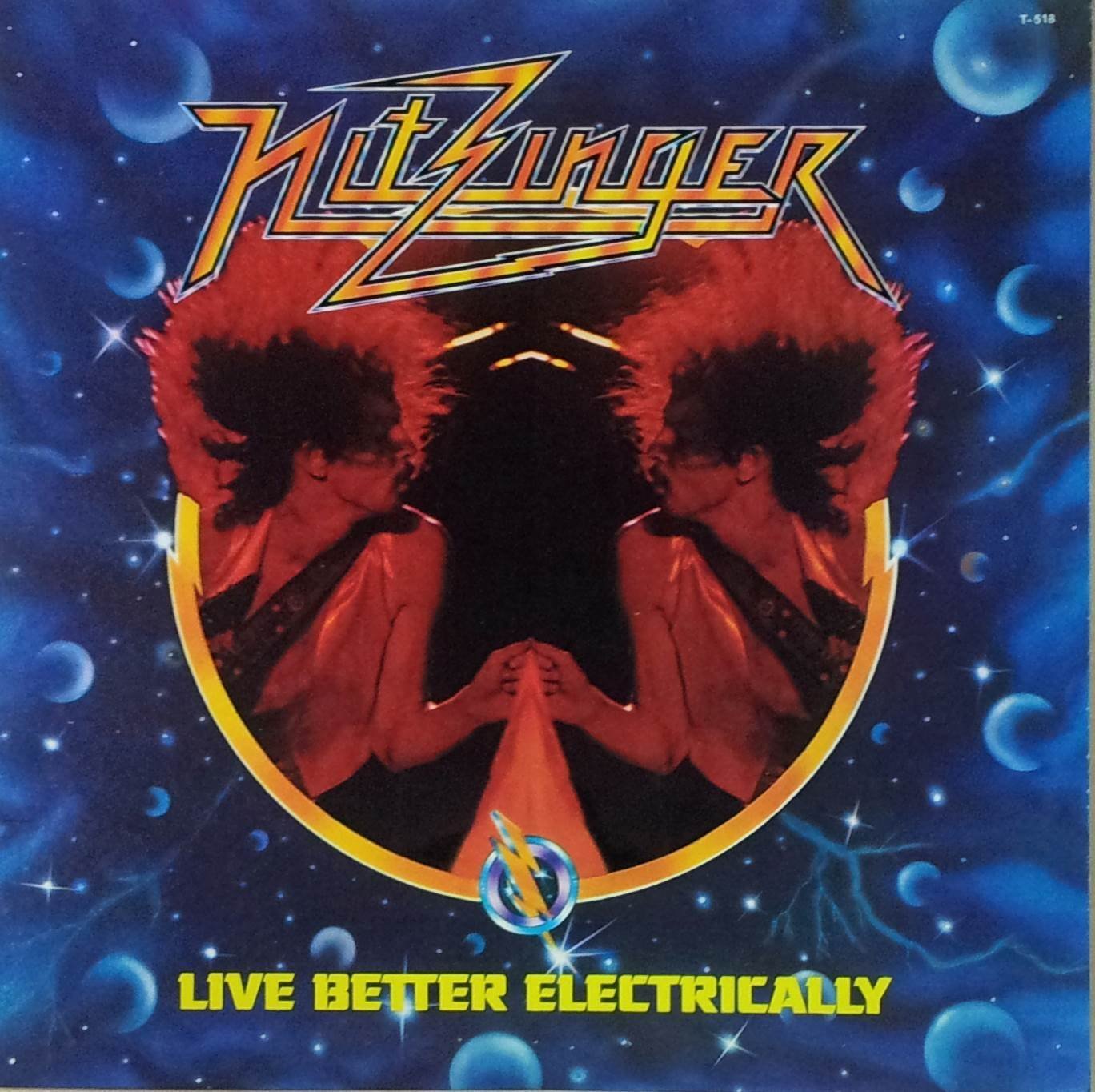
Then you started to collaborate with Carl Palmer.
Again, holy shit! When Emerson Lake & Palmer broke up, Carl Palmer was searching the world to put together a supergroup. We wound up with Barry Finnerty on guitar, from the Crusaders (a jazz band), Todd Cochran on keyboards, Stanley Clark (also jazz), Erik Scott on bass and Carl on drums (also jazz fusion). We rehearsed for over a year in LA and England, then went to Germany to record our album ‘1:PM’. We signed with RSO Records. Unbelievably, we never played a live gig but did lip sync of the single I wrote, ‘Dynamite’. It was a very rough year. We all butted heads. I knew we were in trouble when Barry said, “I always wanted to play rock-n-roll”. Holy shit!
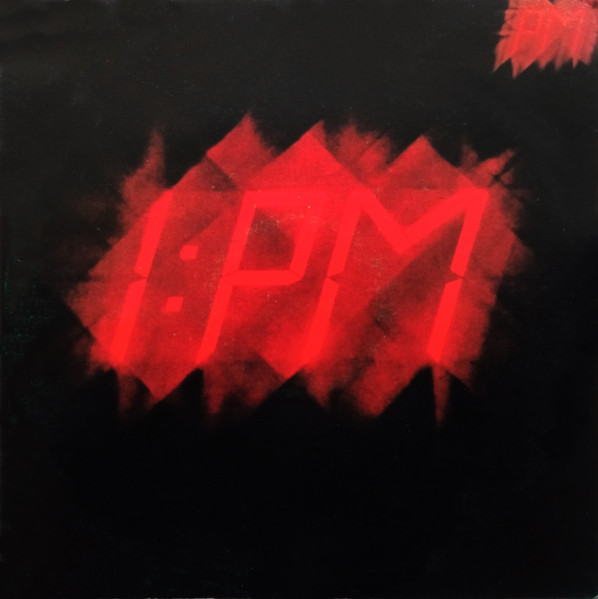
You also joined Alice Cooper on tour. How was that?
When PM broke up, I got a call from Eric Scott to come audition for Alice Cooper. I was hired to do the Special Forces Tour and to write an album called ‘Zipper Catches Skin’ on Warner Bros Records. The tour was haunted by drugs and Alice was the ghost. The members were Mike Pinera on guitar (Iron Butterfly), Dwayne Hitchins on keyboards (Rod Stewart), Erik Scott on bass and myself. Also there was a live recording of a concert in Glasgow, Scotland.
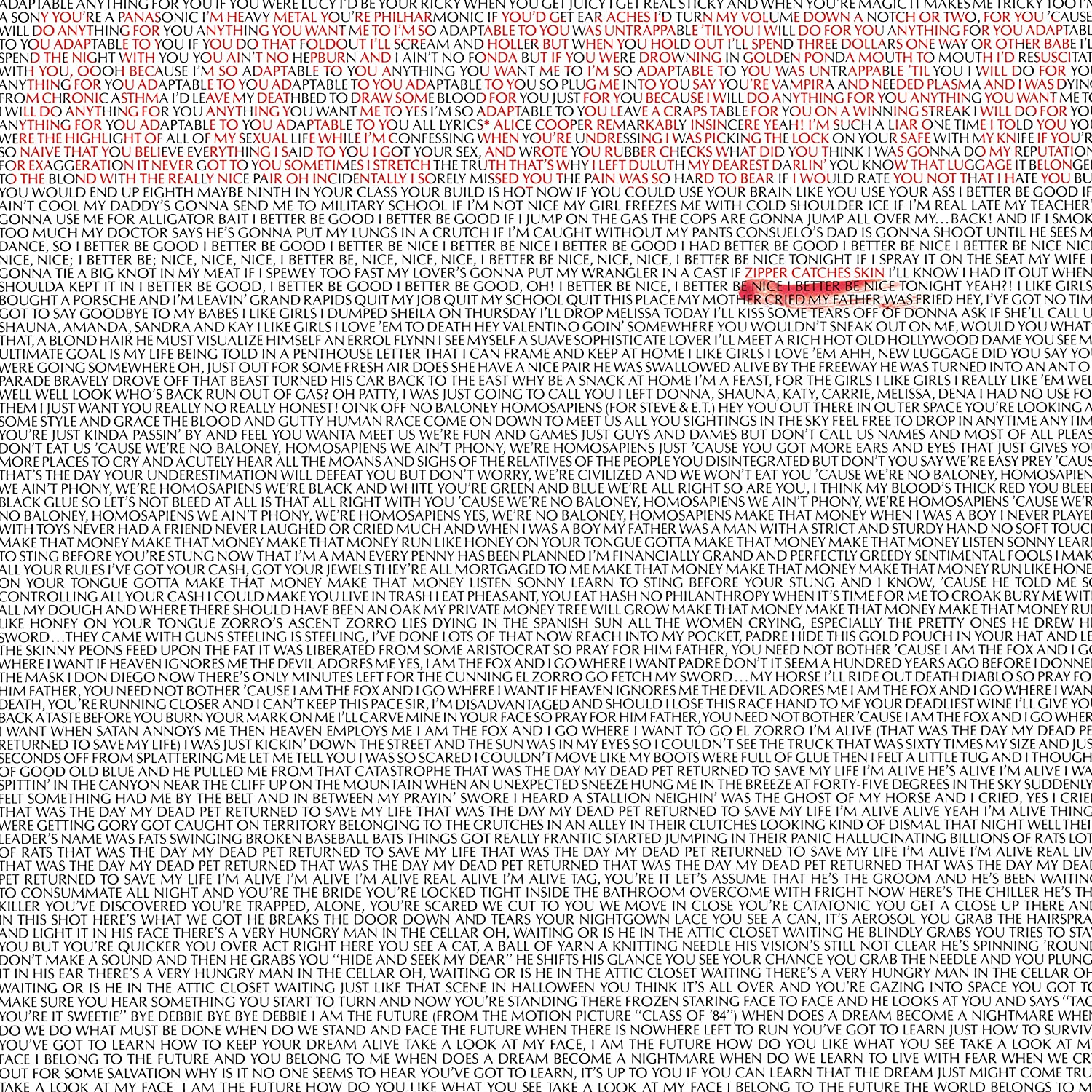
You also collaborated on Rocky Horror Picture Show.
I was the musical director of the live stage musical, Rocky Horror Picture Show, at the Dallas Theater Center, in Dallas, Texas. I played Eddie, which was Meatloaf’s role in the movie.
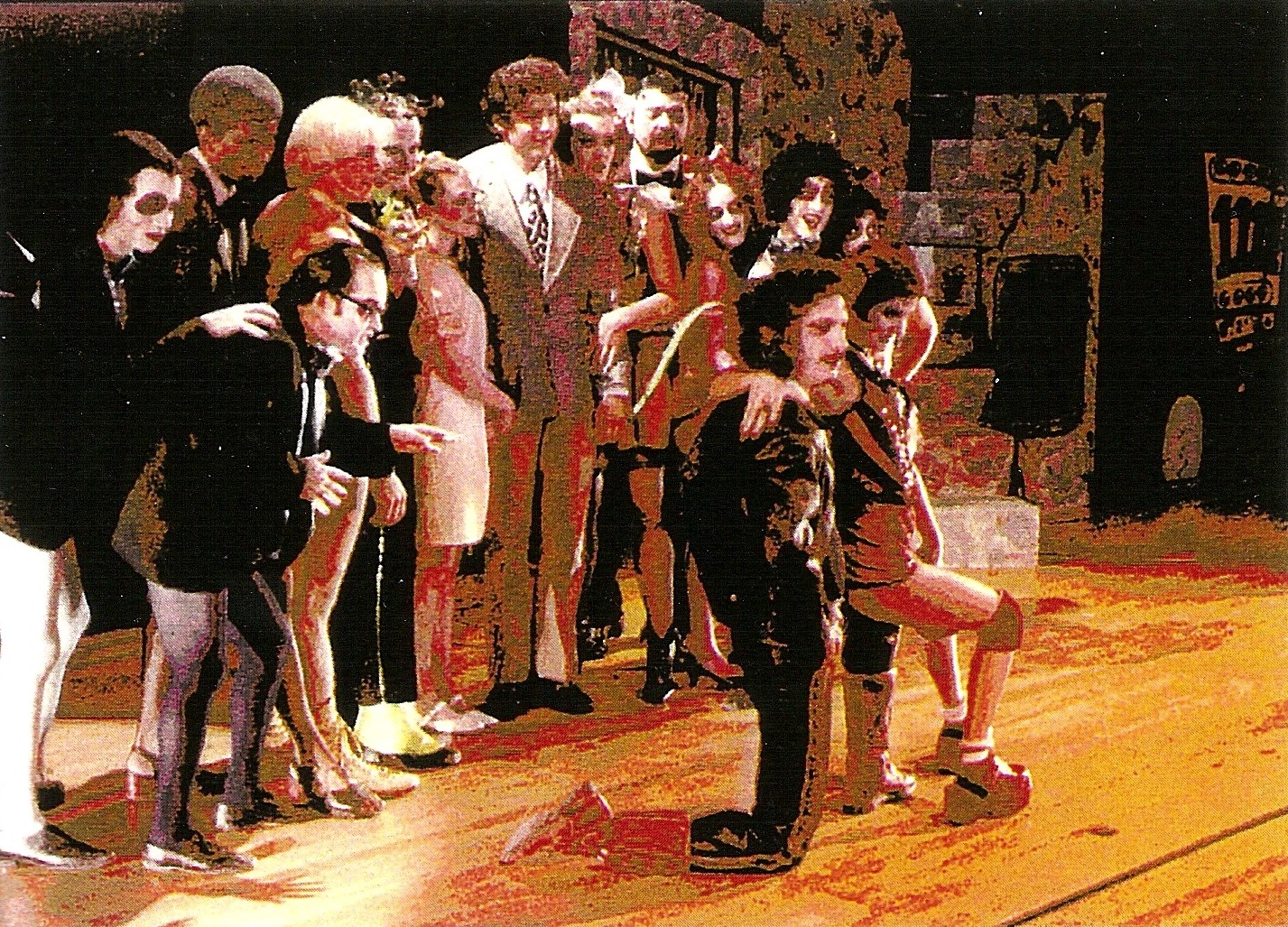
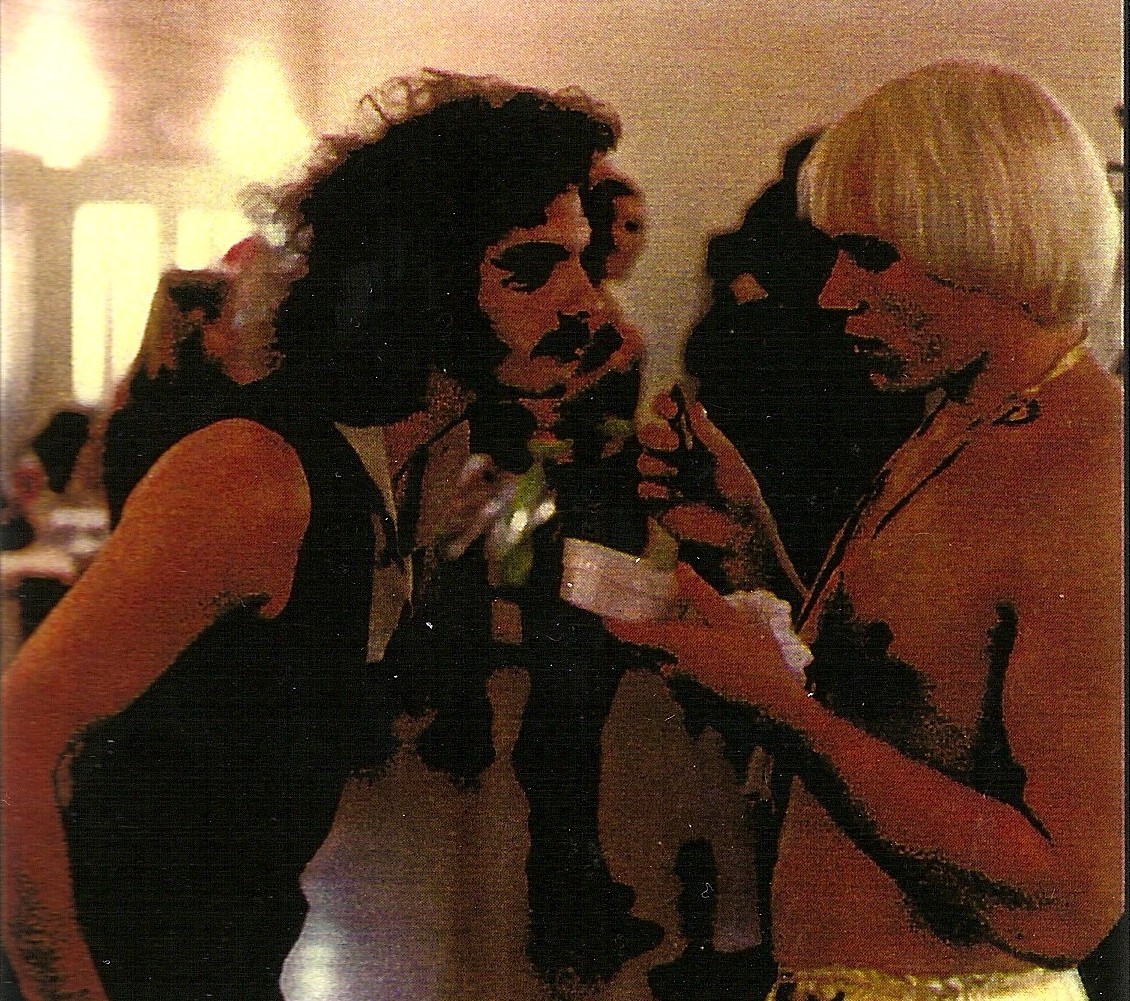
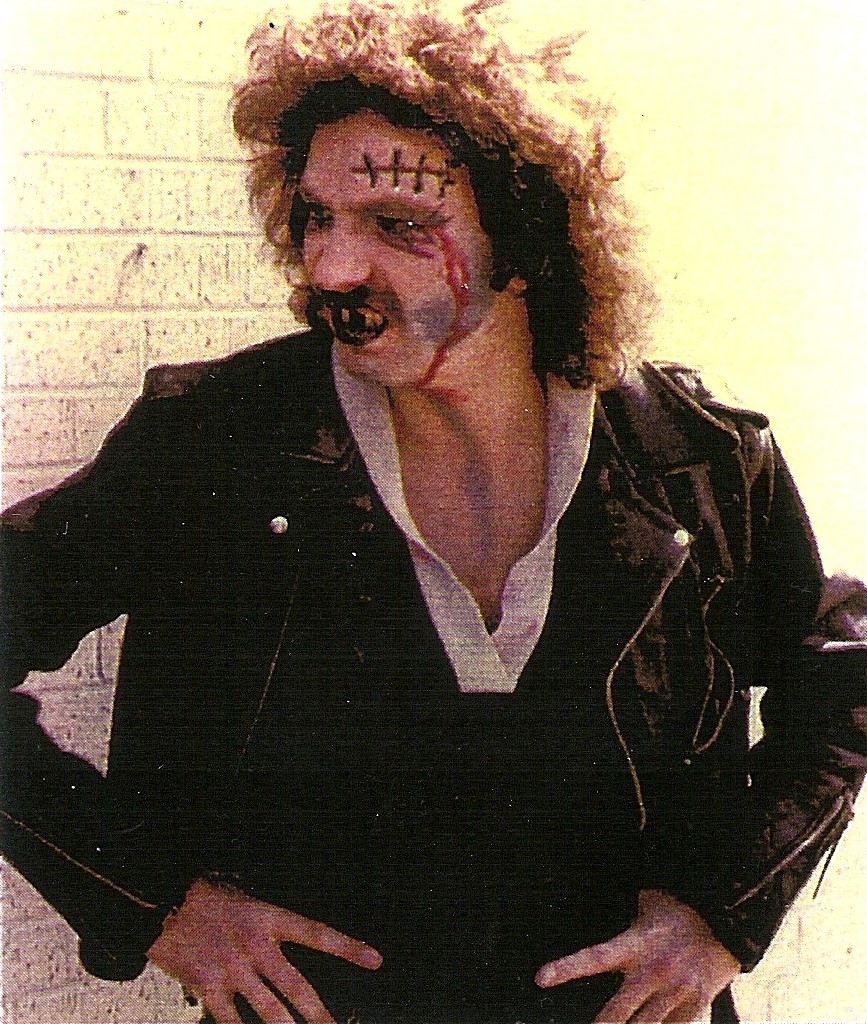
Fun fact, I also auditioned for the lead role in the Buddy Holly Story but Gary Busey won out.
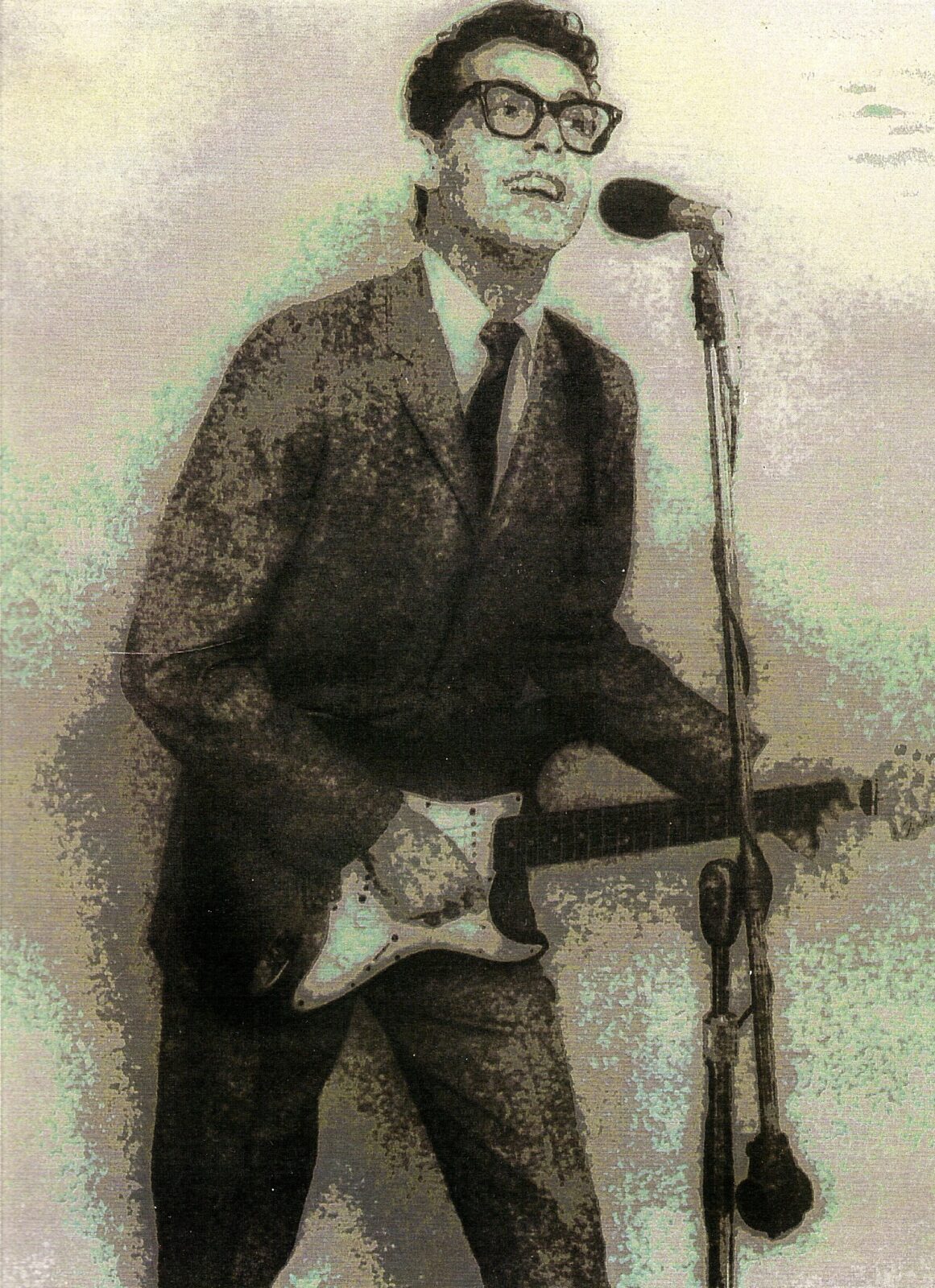
Many more albums and collaborations followed. Can you pick a few favourites?
The Rutledge/Nitzinger album, ‘Bloodrock 2013’ was a great experience. Also, that same year, I wrote an album for Dave Evans, formerly with AC/DC called ‘Revenge’. I also worked with Elvis Presley’s bass player and drummer after Elvis passed. It also featured Neil Diamond’s piano player. I don’t know if it was ever released or amounted to anything. I also worked with some unknown artist at Willie Nelson’s studio which featured Double Trouble, Stevie Ray Vaughn’s rhythm section, after Stevie passed. Throughout my career, I’ve created 19 albums. One of my favorites is ‘Kiss of the Mudman’ originally released on our indie label, then later on SPV Records in Germany, and now on BMG. A rare live radio performance on DVD and music CD, ‘Rockpalast 2001, Crossroads Festival’ recorded in Germany has recently been released by MIG Music. Another project I’m proud of is a 90-minute documentary feature, ‘Nitzinger – Tears From There To Here’, a Clinton Rawls film, Executive Producer (the late) Andy Anderson and produced by John and Judy Nitzinger.
Is there any unreleased material from the 70s?
Yes.
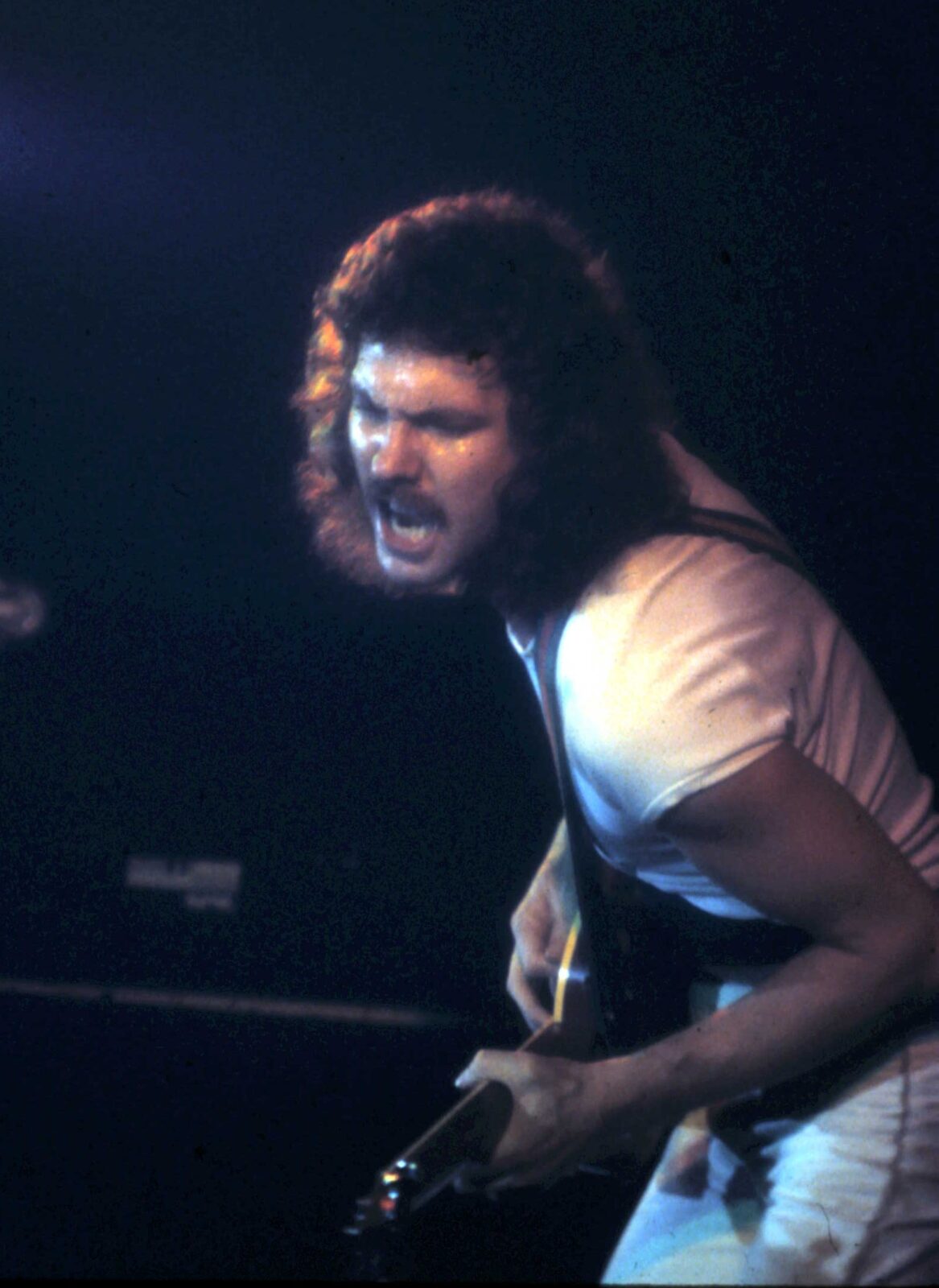
Would you like to comment on your playing technique? Give us some insights on developing your technique.
As far as technique goes, several players have given me advice throughout the years. In the Baron days, we played a show with The Rolling Stones and The Yardbirds. Jeff Beck played guitar with The Yardbirds and at the end of the set he laid his guitar on his amp and it was still playing! I was amazed and in the dressing room, I asked him how he did that. Jeff said, “Put it on 10, Mate”. Another good piece of advice came from B.B. King, who I opened for at Alex Cooly’s Electric Ballroom, in reference to my super fast, up and down the neck. B.B. said, “Keep looking for it, you’ll find it”. I came to find he meant to slow down and tell a story.
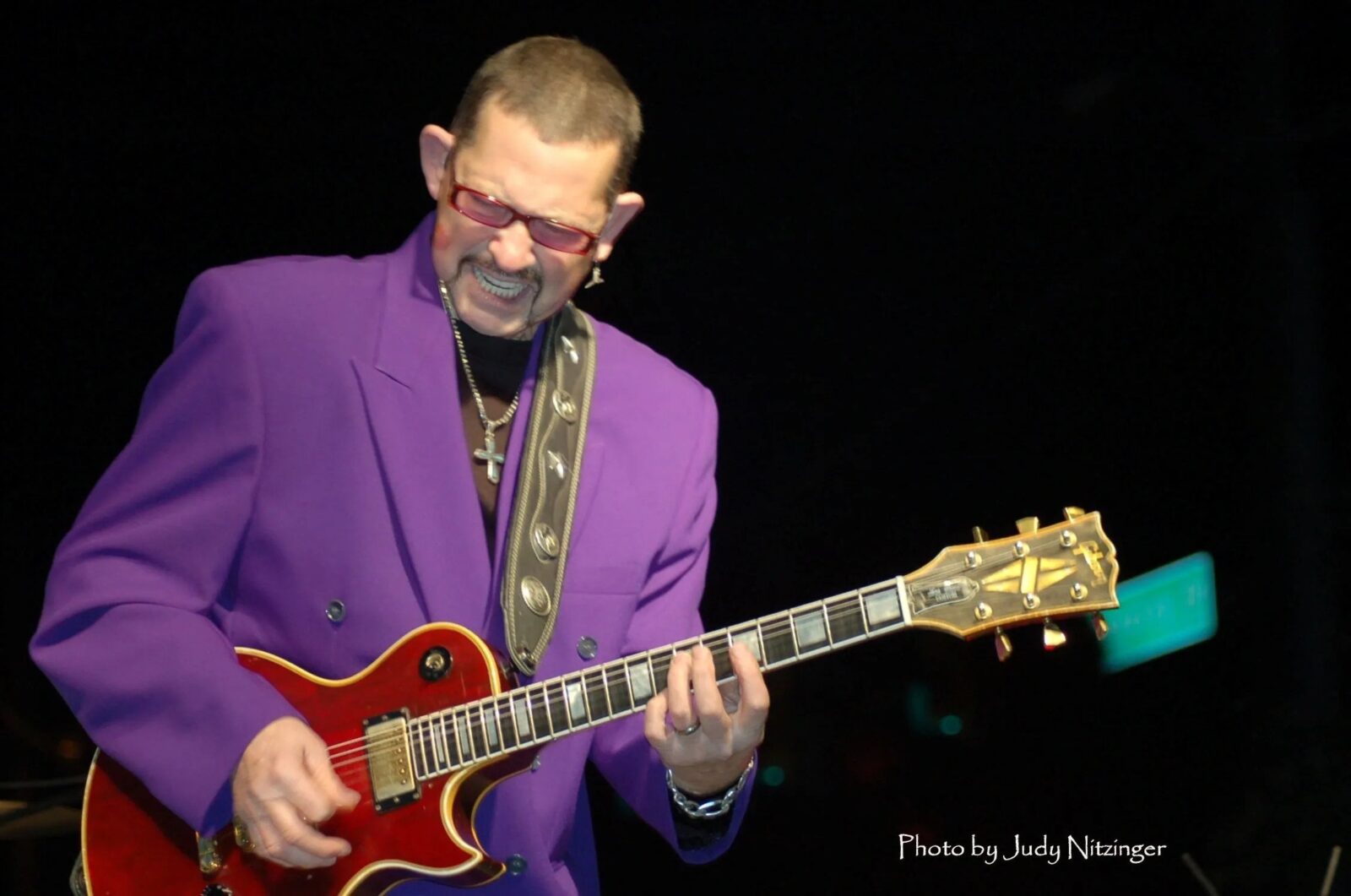
Thank you for taking your time. Last word is yours.
THANK YOU!
Klemen Breznikar
Headline photo: Scott Aurandt
John Nitzinger Official Website / Facebook / Twitter

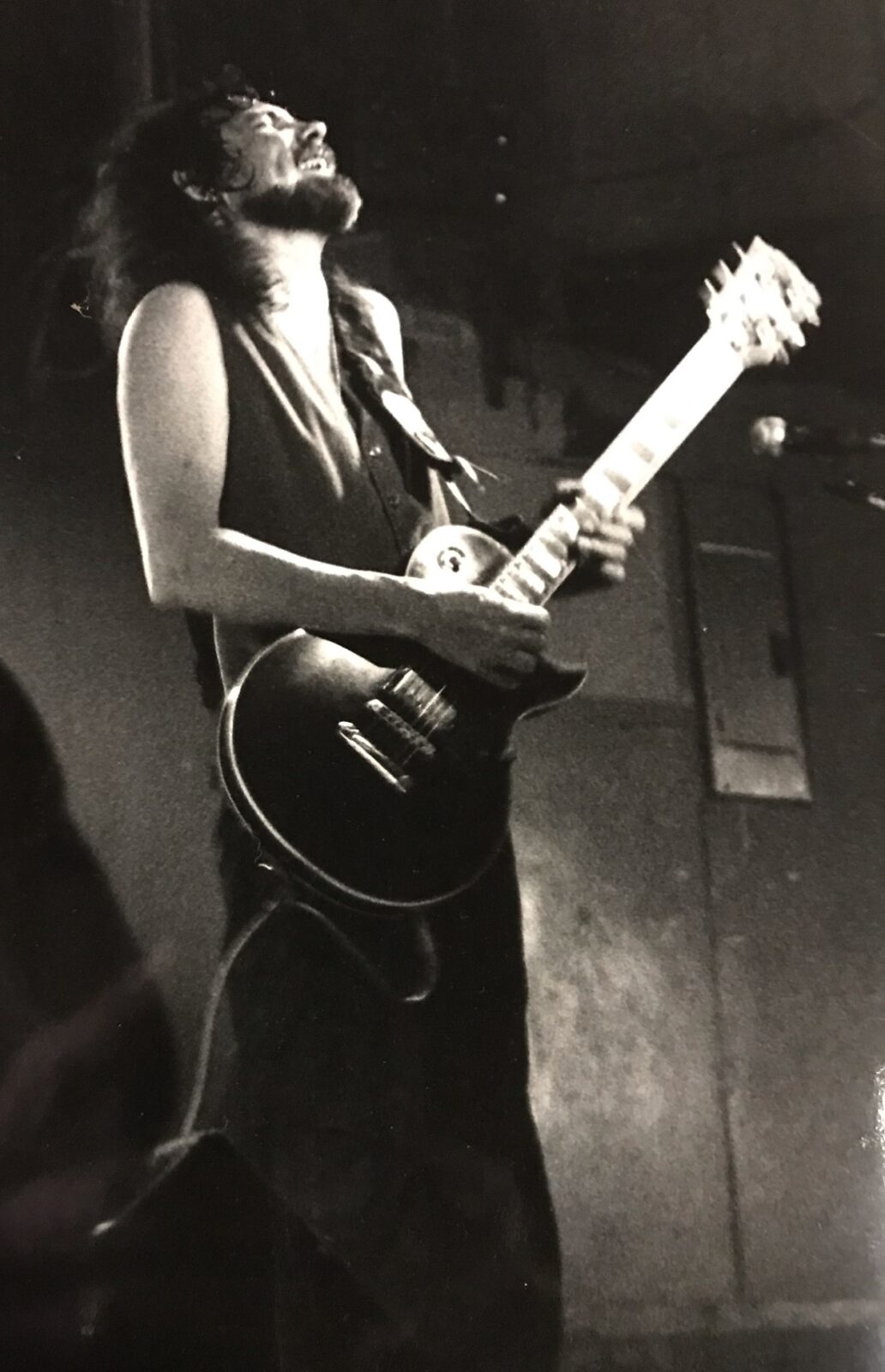



I like reading about anything Bloodrock-related. The Bloodrock song titled “Jessica” is credited to John Nitzinger, and I really like the song. Like another Terry Knight-related band, Grand Funk Railroad, I think that the original Bloodrock (with guitarist Lee Pickens and singer Jim Rutledge) were an intriguing band. Another song from Bloodrock that I like is titled “Fallin’.” I really like the guitars on that song. Cool stuff. Since you also have an interview with Bloodrock keyboardist Stevie Hill, I will also mention that I like the Bloodrock song credited to Hill titled “Song For A Brother.” Going by the book An American Band: The Story of Grand Funk Railroad
By Billy James (on Google), Mark Farner was writing songs for Bloodrock guitarist Lee Pickens for a project that didn’t work out, I guess. I believe I also read that in Hit Parader magazine when they reported about Grand Funk’s 1980s albums. I mention that because when Lee Pickens is credited as a guitarist on a Bloodrock album, I like what I hear, and Mark Farner is one of my favorite songwriters. An album with that combination would have been intriguing.